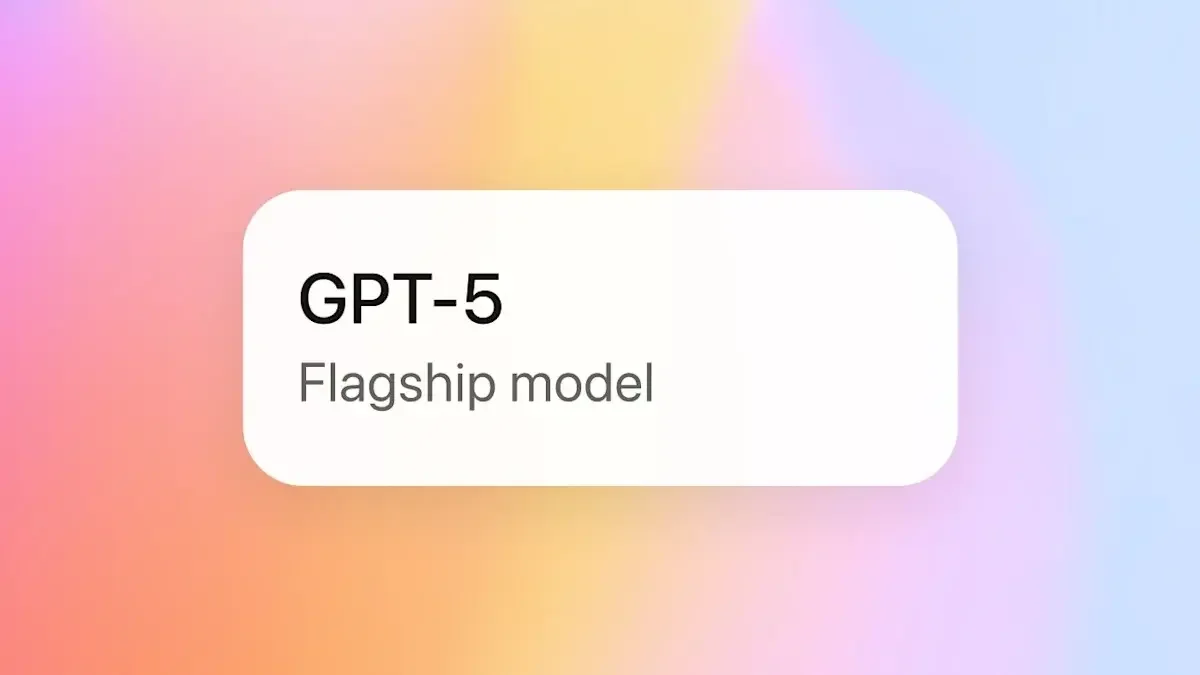In this ProductTank Perth Talk, Petra Wille, Founder of Product at Heart, highlights the importance of storytelling and actionable strategies you can implement to present stories in a way that keeps your audience enthralled and involved.
Watch the video in full to see the talk, or read on for key points:
- Importance of storytelling
- Significance of storytelling in product management
- Why storytelling is a design tool
- How to create a story
- Ways to make your story stick in the mind of your audience
- Getting ready to tell the story
Importance of storytelling
"Storytelling is baked into our DNA", says Petra. From early childhood, it has acted as a tool to engage and entertain you. But it's true strength resides in convincing the audience to take action. A compelling, well-told story ignites personal resonance with your audience which in turn helps you influence their beliefs and behaviour.
Petra also mentions that "stories have attraction because they light up your brain". A good story triggers the release of hormones such as:
- Oxytocin: helps foster trust, generosity, and personal connection.
- Endorphins: can make someone laugh as well as cope with emotions like fear, pain, and uncertainty.
- Dopamine: Create a feeling of excitement for what happens next in the story.
Tapping these hormones can be extremely beneficial in product management as it helps to create a sense of trust and commitment towards your ideas.
Significance of storytelling in product management
Storytelling is a cornerstone of any successful product development. Companies like Nike used it to demonstrate an accurate picture of their ideas and how they tie into a better future. Still, many companies fail to integrate storytelling into their business strategies.
To portray the effectiveness of storytelling, Petra shares a sales issue she faced during her time as a product manager for a job board product. With a winning idea and multiple marketing strategies in place, the product had every element of success. Yet the product was failing to win customers' hearts.It wasn't until her conversation with her coach that she realised she wasn't able to convey the customers' pain points she collected during the research phase effectively.
Following that, she started using storytelling as a tool to provide valuable insights about customers, competition, and industry trends. This not only helped the product team build products that aligned with the customer's needs and the overall business but also helped the marketing team in better positioning the product in the market.
Why storytelling is a design tool
Apart from being a communication tool, storytelling can also act as an excellent design tool due to these three attributes, including:
- Everyone can create one.
- It's easy to iterate on, which helps you to refine your ideas until they resonate with the audience.
- It helps you organise your thoughts and express them in a reliable and systematic manner.
How to create a story
The reason you get excited about some stories more than others is because they have the elements of moving you through the conflicts from the beginning until the end where you fulfil your goal and complete the journey.
In a similar way, stories can be utilised in product management to identify and address product issues and create a product that ensures a better future for customers.
Here is a list of steps that Petra shares to create stories that engage and entice your audience:
- Reserve time to create stories in your calendar: Good stories take time to create but it's worth the effort at the end. The well-crafted information within the story can be served for a long period to convince the audience that you care about the product you are working on.
- Overcome the fear of getting started: Petra shares a 30-minute exercise that helps you reflect on your ideas and thoughts to outline the story. Complete the following sentences by yourself or with your team members to foster creativity:
- We want to ____
- In order to ____
- Because if we don't ____,
Once you have filled in the blanks, open a text editor to assemble the elements and start crafting your story.
- Decide your titular character: Pick a character based on your target audience such as your team member or a customer.
- Paint a desirable future: Provide sufficient information to portray your envisioned goal of a wonderful future to your customers.
- Demonstrate why the audience should become part of this future: Petra shares three types of benefits you can offer to convince your audience why it's better to work on your project:
- Individual benefit: Showcase the personal perks your audience will experience when working on your project. This might require a one-on-one meeting to personalise the experience based on their needs.
- Team and organisational benefit: Acknowledge the purpose of your project and how the end goal can be beneficial for everyone within the company.
- Wider Benefit: Align the purpose of your story with the collective needs of society.
- Address the current situation and potential difficulties that may arise on the path: Conduct casual interviews to identify any potential concerns audiences have regarding your project. Address the situation and help your audience tap into their strength to overcome the obstacles.
- Identify a common goal and share it with enough information to create a compelling need among your audience to take the next step.
Ways to make your story stick in the mind of your audience
People are unique, and as a result, their ways of consuming information vary. Petra suggests three formats that can act as handy tools in providing a personalised experience to the audience, including:
- Written
- Spoken
- Illustrated
Alongside formats, the length of your story plays a crucial role. If a story requires more work from your audience, both physically and mentally, they might lose interest. To prevent that and keep your audience interested and satisfied, Petra divides the length into three categories based on the situation:
- Short: 150 words, 75 seconds. In short, it's your elevator pitch. Capture the core purpose of your story and express it compellingly.
- Medium: 900 words, 6 minutes. This is an ideal length to share a product story. You can break it down into three segments, starting with previewing your story, followed by delivering it, and ending with summarising the key points.
- Long: Divided into 3 sections of 800 words with a time of 18 minutes each. You can provide more insights on the elements you discovered during the product development phase to create a strong image of your vision in the audience's mind. Additionally, you can use images and illustrations to provide an in-depth understanding of your idea.
Getting ready to tell the story
Here is a checklist that Petra shares to help narrate the story before an audience:
- Choose your words wisely: Avoid using buzzwords, tool names, acronyms, or any technical words that don't resonate with your audience.
- Follow the advice of David Axelrod and make sure your story has the following characteristics:
- Relevant
- Important
- True
- Run an experiment: Tell your story and observe your audience's reaction by answering the following question:
- Are they drawing the right conclusion?
- Are they asking the right question?
- Did you manage to inspire them through your story?
Introspect your story if you feel like they are missing out on something and struggling to envision your idea. Share enough information to help them visualise your dreams of a promising future.
- Check if the story really lights up the brains of your audience:
- Use words to instigate their emotions.
- Use words that trigger their senses.
- Liven your audience up with a bit of humour.
- Show curiosity and passion for the topic: Rehearsing a story multiple times might cause you to lose some initial enthusiasm. Petra suggests that, by focusing on the heart and mind of the audience and trying to engage with them in an emotional capacity, you can rekindle that spark.
The key takeaway from this talk is that facts and data are not enough to influence your audience's decision. It takes real stories and sentiments to build trust and compassion across your audience.






